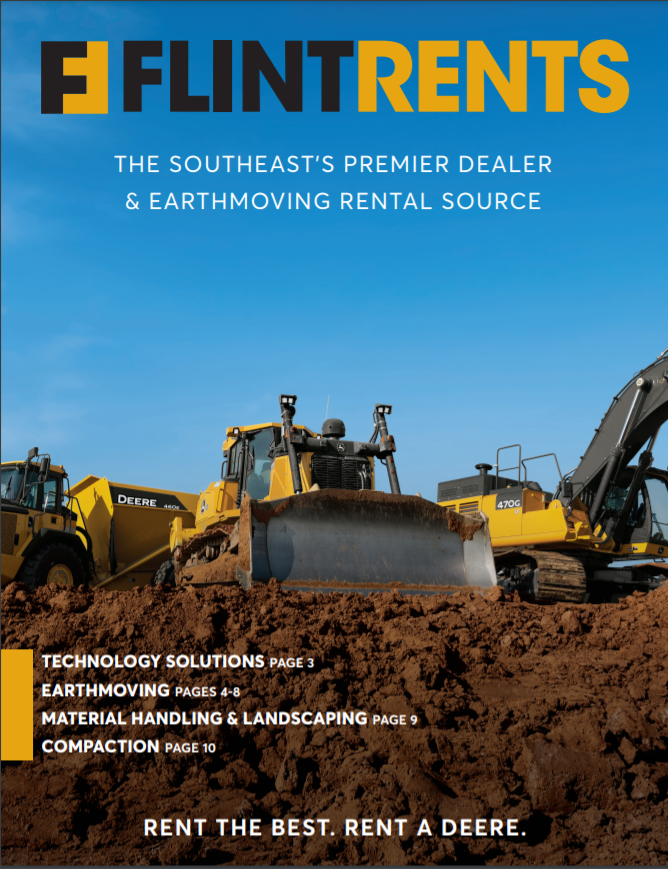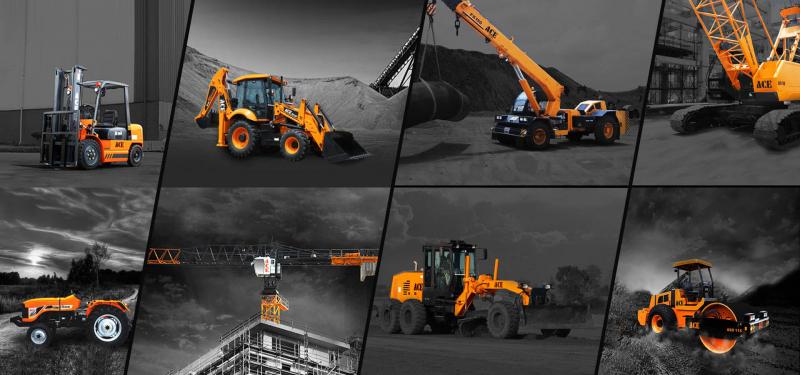Aerial Lift Rental: Versatile Training Solutions for High-Access Jobs
Aerial Lift Rental: Versatile Training Solutions for High-Access Jobs
Blog Article
Maximize Your Spending Plan by Understanding the Costs Connected With Building And Construction Devices Leasings
Comprehending the full extent of expenses related to construction tools rentals is important for optimizing your budget. While the first rental cost may appear simple, various added expenses-- such as transport, fuel additional charges, and maintenance-- can quickly gather, impacting your financial preparation. Furthermore, recognizing different costs and the ins and outs of rental agreements can aid avoid unanticipated financial problems. What strategies can be utilized to effectively manage these prices and ensure a much more reliable rental experience?
Review of Rental Expenses
When taking into consideration building and construction equipment services, comprehending the associated expenses is extremely important for efficient budgeting and project preparation. Rental prices can differ considerably based on numerous factors, including equipment type, duration of leasing, and area. The initial rental cost commonly reflects the devices's market demand and its associated operational capacities, influencing the general expense.
Along with the base rental rate, secondary prices may develop, such as transportation costs, gas surcharges, and maintenance fees. It is vital to represent these additional expenditures to accurately examine the complete price of renting tools. Furthermore, the rental period can affect prices; longer leasings may qualify for reduced rates, while temporary services could incur higher everyday fees.

Break Down of Rental Rates
An extensive understanding of rental rates is vital for professionals and job supervisors intending to optimize their budgets. Rental rates for construction tools typically contain a number of elements, including base rates, time-based costs, and use fees.
Base prices are the core charges connected with the service of the tools, typically identified by the type and dimension of the machinery. These prices can differ considerably, influenced by aspects such as devices demand, availability, and regional market patterns. Time-based costs, which may be daily, weekly, or monthly, serve to suit different project timelines and rental durations.
Furthermore, rental rates might include use charges, which are suitable when equipment is used beyond a defined threshold, ensuring that the rental business can account for damage. Seasonal need changes can additionally impact rental prices, with peak building periods generally commanding higher costs.
Moreover, comprehending the rental firm's policies pertaining to maintenance and insurance policy can offer more insight right into the general price structure. By examining these components, service providers can make informed decisions, making certain the selection of rental devices straightens with both project demands and spending plan restrictions.
Extra Charges to Take Into Consideration
Recognizing the complexities of added costs is crucial for professionals to manage their general leasing costs properly. Past the typical rental prices, various additional charges can significantly impact the total cost of tools leasing. These charges usually consist of delivery and pick-up costs, which can differ based upon range and logistics involved in carrying the tools to and from the work website.
Additionally, some rental firms might enforce fuel surcharges if the equipment is returned with much less fuel than when leased. It is tractor with loader and backhoe likewise important to know potential cleansing fees, especially for customized devices that needs complete upkeep after use.

Completely reviewing the rental arrangement and clearing up these additional charges upfront can aid specialists prevent unanticipated expenses and ensure that budgets stay intact throughout the job lifecycle.
Repair And Maintenance Expenses
Regular repair and maintenance expenditures are typically overlooked aspects that can considerably influence the general price of building tools rentals. When renting out equipment, it is essential to consider not only the rental fees yet also the possible costs connected with maintaining the machinery in optimal operating problem.
Lots of rental business include standard maintenance as component of the rental contract; however, extra comprehensive fixings or unexpected malfunctions can result in extra costs. It's vital to evaluate the rental contract meticulously to recognize what upkeep solutions are covered and what responsibilities fall on the renter.
Additionally, tools that is not properly maintained can bring about inefficiencies at work site, potentially raising and creating hold-ups task expenses. To mitigate these risks, it is recommended to conduct regular inspections and maintain open interaction with the rental supplier pertaining to any kind of concerns that emerge throughout use.
Insurance and Liability Expenses
Insurance and liability prices are essential elements that can dramatically affect the general cost of construction tools leasings (forklift rental). These prices ensure that both the rental business and the client are safeguarded from potential economic losses occurring from accidents, damages, or theft throughout the rental period

Additionally, customers should know any deductibles or exclusions in the insurance coverage, as these can impact possible out-of-pocket expenses. Comprehending the conditions of any type you could check here of insurance policy protection is important to prevent unanticipated expenses. Ultimately, budgeting for insurance coverage and responsibility expenses can assist make certain a smoother rental experience and protect against economic threats linked with building projects.
Verdict
In verdict, an extensive understanding of the expenses connected with construction equipment leasings is necessary for efficient budget administration. By examining rental prices, added costs, upkeep expenses, and insurance coverage needs, companies and people can reduce unexpected expenditures. This strategic approach not only boosts cost-effectiveness yet additionally makes certain that tasks proceed smoothly and effectively. Eventually, notified decision-making pertaining to devices leasings contributes to the overall success of building and construction undertakings.
Rental prices can vary considerably based on several aspects, including tools type, period of leasing, and location (construction equipment rentals). The rental period can affect pricing; longer leasings might certify for affordable prices, while temporary rentals could incur higher next page day-to-day costs
By carrying out extensive research and engaging with trusted rental business, contractors can properly navigate the intricacies of rental rates, eventually optimizing their economic resources.
Past the basic rental prices, numerous supplemental costs can considerably influence the total price of equipment leasing. Rental business frequently supply responsibility insurance coverage that covers injuries to 3rd events or damage to building, while equipment damage insurance policy can cover the cost of repair services or substitute if the rented out equipment is damaged.
Report this page